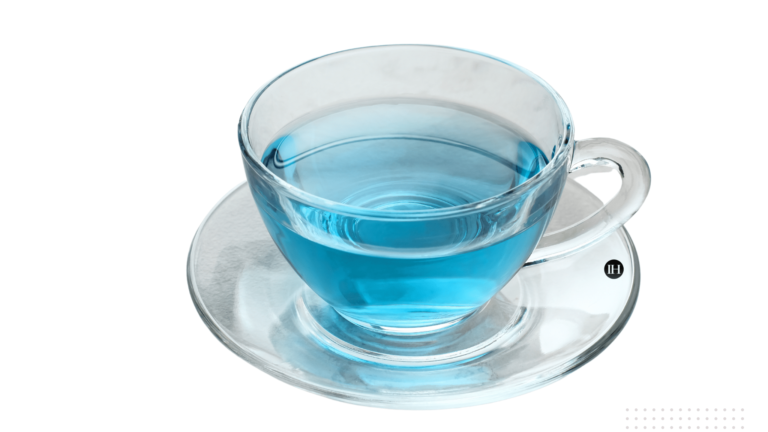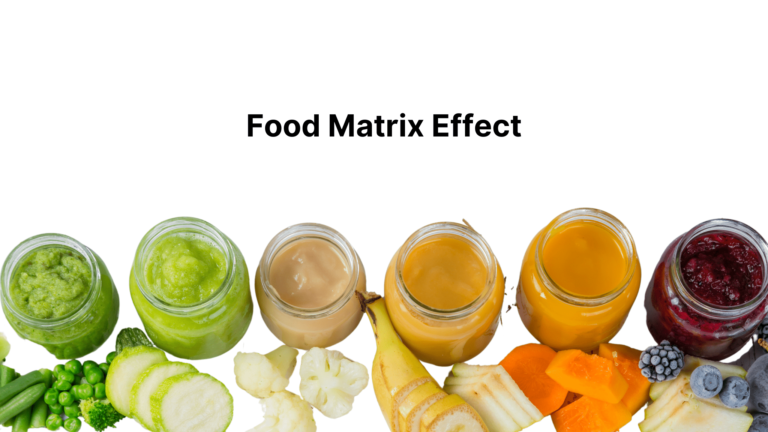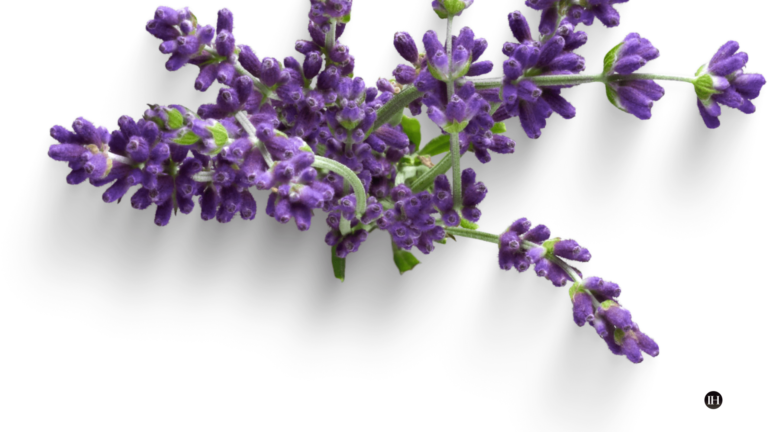How Self Care Quotes Can Inspire Physical Energy & Mind Vitality
Research has shown that self-care quotes have a universal and recognised impact on the human mindset.
The science of language is influential in supporting positivity, boosting self-esteem, reducing stress, and enhancing overall mental well-being.
Engaging with self care material for instance can help individuals cultivate a more optimistic outlook on life and develop resilience in facing challenges.
Additionally, these quotes serve as gentle reminders to prioritize self-care and maintain a healthy work-life balance.
Key Points In This Article
This article examines the application of self-care quotes and affirmations, examining linguistics as an extension of expressive energy, significance and potential influence on well-being and personal care.
- Are there any particular benefits to engaging in positive language beyond novelty when applied as a deliberate and purposeful tool.
- How can pragmatic self-talk affect well-being.
- Considering any related studies that broaden understanding and an Ayurvedic overview.
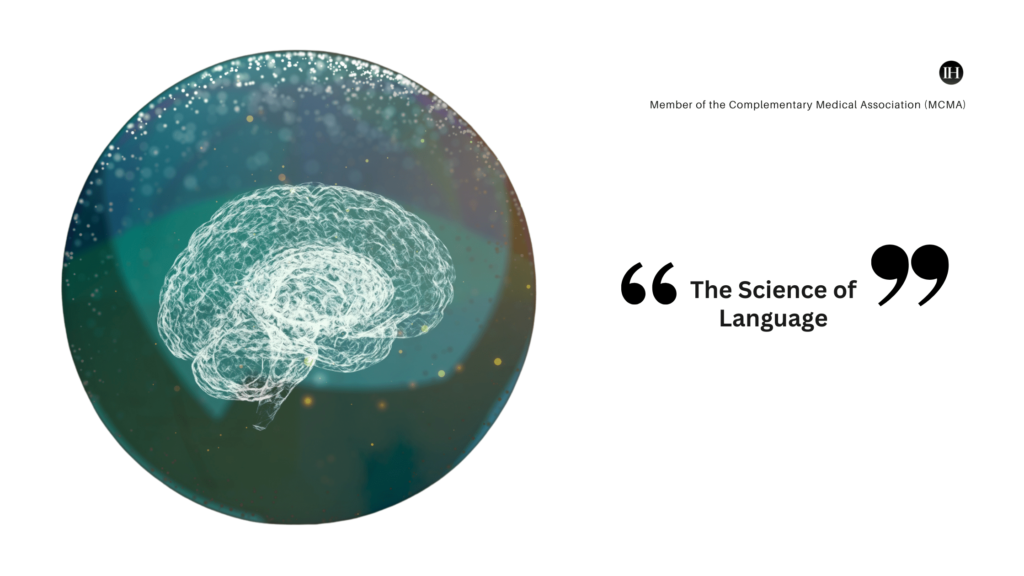
Defining Purpose & Practical Implication
To begin with here are two enlightening quotes by John Seymour a British author of the self-sufficiency movement:
“Emotions make excellent servants, but tyrannical masters.”
“To believe that someone else is responsible for your emotional state is to give them a sort of psychic power over you they do not have. We really do generate our own feelings. No one else can do it for us.“
First and foremost, “positive material” is a sort of anchor and open doorway to insightful and reassuring possibilities. It emphasises the promising reality that energy resources are individual and responsive to focused effort.
Recognising Linguistics Through Energy
Linguistic expressions represent a form of energy transfer through the transmission of information and the modulation of cognitive perceptions.
Energy is an inherent aspect of human existence, forming the cornerstone of our very nature. It is an undeniable truth woven into the fabric of the natural world.
Various forms of energy exist, capable of being harnessed and expended.
Additionally, energy can be influenced either through intentional actions or inadvertently through external stimuli. An example of an external influence is the purposeful use of positive language, such as affirmations and quotes.
In human existence, energy exists in various forms, each possessing distinct properties and serving specific purposes.
Here are different types of Human energy:
- Kinetic Energy: the energy possessed by any moving object. For example, when we walk or move, kinetic energy is always at play.
- Potential Energy: Consider when an individual is about to sprint into a run. There is potential energy waiting to be released. Potential energy is stored energy that can be converted into other forms, such as kinetic energy.
- Thermal Energy: Also known as heat energy, thermal energy is the result of the movement of atoms and molecules within a substance. Humans produce thermal energy through natural body processes.
- Chemical Energy: Found within the bonds of atoms and molecules, chemical energy is released through chemical reactions. This type of energy is abundant in our world, from the food we eat to the automatic functioning of our body systems.
- Bioelectric Energy: body electric energy, is the result of the movement of electric charges, such as electrons. We produce and expend body energy.
Principally, at some point, one form of energy influences another. This can be a direct result or indirect result of a number of processes.
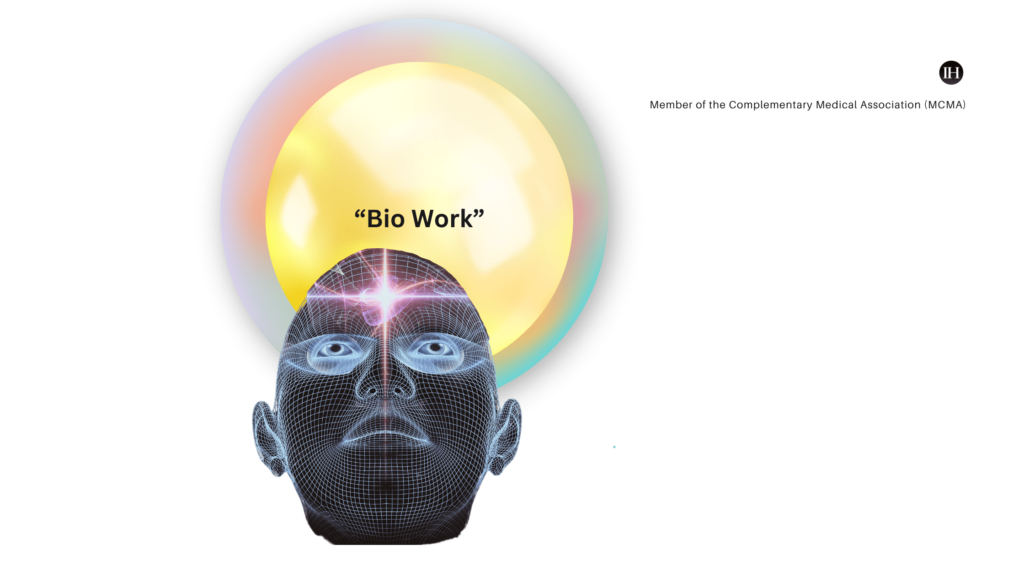
Association of Emotions & Feelings In Linguistics
Communication and expression are seen as manifestations of cognitive and emotional processes, which are driven by the brain’s neural activity and the body’s physiological responses.
Therefore, communication and expression can be understood as involving mental and emotional energy.
Traditional disciplines suggest that, if these emotions and feelings are suppressed or hindered, this energy becomes stagnant, accumulating within us.
This can make some of them difficult to deal with if they are not fully understood and anchored better.
Energy itself remains impartial, neither positive nor negative, as it lacks inherent judgment. However, our thoughts and perceptions shape the way this energy manifests, thereby creating distinctions between positivity and negativity.
The energy output of the resting adult human body is equal to the power of a 100 W electrical light bulb.
The 20 Wsleep-walkers (Embo reports, Kovac)
Human Energy Field Theory (HEF)
Several studies and the field of self care recognise that energy can be influenced, of which linguistics is a major part of.
According to Shields, Deborah et al. (2017), the human energy field (HEF) theory suggests that, the balanced human energy field is characterized by flow, rhythm, symmetry, and gentle vibration.
This is also somewhat inline with the ancient aura systems of India.
A Catalyst Tool, Neuroplasticity & Linguistics
In today’s world, the idea that individuals have the capability to rewire their neural pathways, known as cognitive pathways, has gained widespread acceptance.
Engaging in positive self-talk or reciting affirming statements has the ability to establish new neural connections and reinforce existing ones within the brain.
This neurological phenomenon is scientifically referred to as neuroplasticity.
Examples of Methods
There are several methods available to impact these pathways, and one of them involves the intentional use of positive language, which serves as a tool to foster neuroplasticity.
Other practices that have shown recognised effects in the domain of neuroplasticity is meditation which entails several methods offering a vast range of practices to suit individual needs.
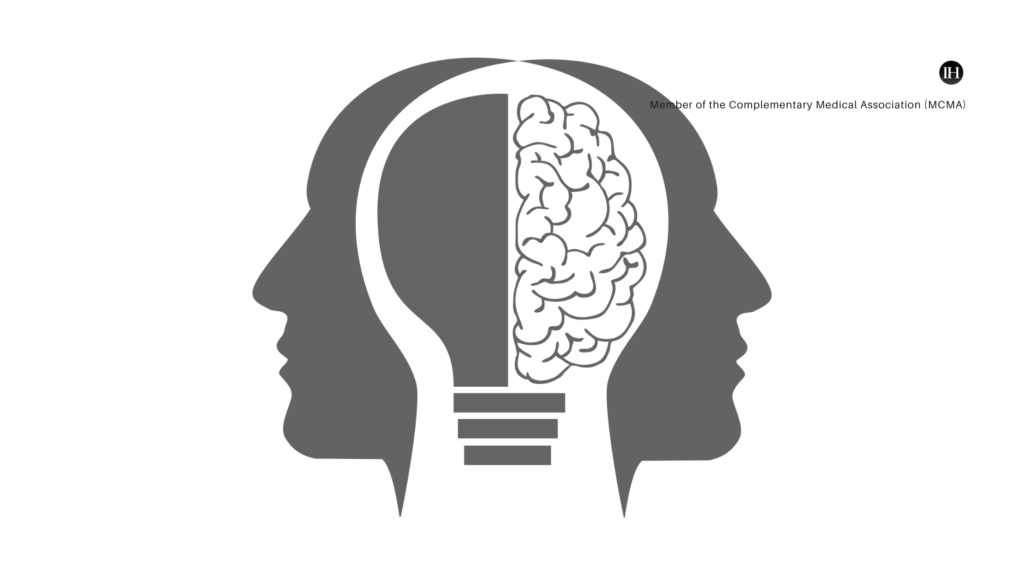
Reading, Language & Sound In Energy Allocation & Direction
The act of reading, the use of language, and the impact of sound can have a profound effect on our cognitive state.
These stimuli can influence our internal bioenergy, even when we are not consciously aware of it.
Essentially, they act as stimuli that have the potential to shape an individual’s inherent energy (biopower) in terms of energy allocation and direction.
This phenomenon arises from our conscious engagement.
Defining Positive Language & Material
When one effectively absorbs positive materia and the associated connotations attributed to such stimuli they may open up possibilities that were otherwise not accessible to them because of a particular mental conditioning.
Positive linguistics transcends mere joy-inducing stimuli; it encompasses materials that inspire, reassure, provide alternatives, and empower individuals through insights that were not necessarily apparent.
This type of material engages through various forms such as reading, listening, and visual experiences, ultimately broadening perspectives and unveiling previously unseen possibilities.
Self Care Quote & Other Types Of Positive Linguistics
A self-care quote is a motivational statement that encourages nurturing one’s well-being, similar to self-affirmations which are positive declarations aimed at fostering self-confidence.
Both types of expressions focus on promoting mental, emotional, and physical health through reflective and motivational language.
Key Factors of Positive Linguistics
Below are some main characteristics of positive linguistics, such as affirmations similar to quotes; according to (Cascio CN et al.), “Self-affirmation activates brain systems associated with self-related processing and reward and is reinforced by future orientation.”
Affirmations may increase focus on sources of positive value to individuals
Reduce the effect of negative emotions
A form of psychosocial resource
A source of positive self-worth that transcends the challenge
Increase focus on sources of positive value
Reduce reactivity to the threat and protect overall psychological wellbeing
Shown to benefit goal planning and one’s psychological well being
Temporal focus
Exposure to progressive affirmations influenced sedentary behavior over time
Engages neural mechanisms
1. Broaden & Build Theory In Pragmatic Resource
Similarly, the broaden and build theory suggests the application of Positive Anchoring.
Positive anchoring, derived through the power of words and sounds, is used as deliberate sensory influence. It can be a potent form of energy stimuli.
Anchoring through use of a combination of methods to reconfigure cognitive processes, belief systems, and subsequent behaviors.
Furthermore, the theory also suggests that, resources function as reserves that can be drawn on later to improve the odds of successful coping and survival.
To date, attempts to acoustically differentiate between vocal expressions of different emotions, however, have been primarily focused on negative emotions. Most research has included a very limited number of positive compared to negative emotions.
(Kamiloğlu RG et al)
2. Neuro Linguistic Programming & Positive Linguistics
Neuro-Linguistic Programming (NLP) is a psychological approach that involves analyzing strategies used by successful individuals and applying them to reach a personal goal.
It relates thoughts, language, and patterns of behavior learned through experience to specific outcomes. Self-affirmations and quotes are integral to NLP as they are used to consciously influence one’s thoughts.
The practice of repeating these affirmations helps to reprogram the mind’s belief system, encouraging positive change and boosting confidence.
This technique aligns the subconscious with specific goals, enhancing the possibility of achieving them.
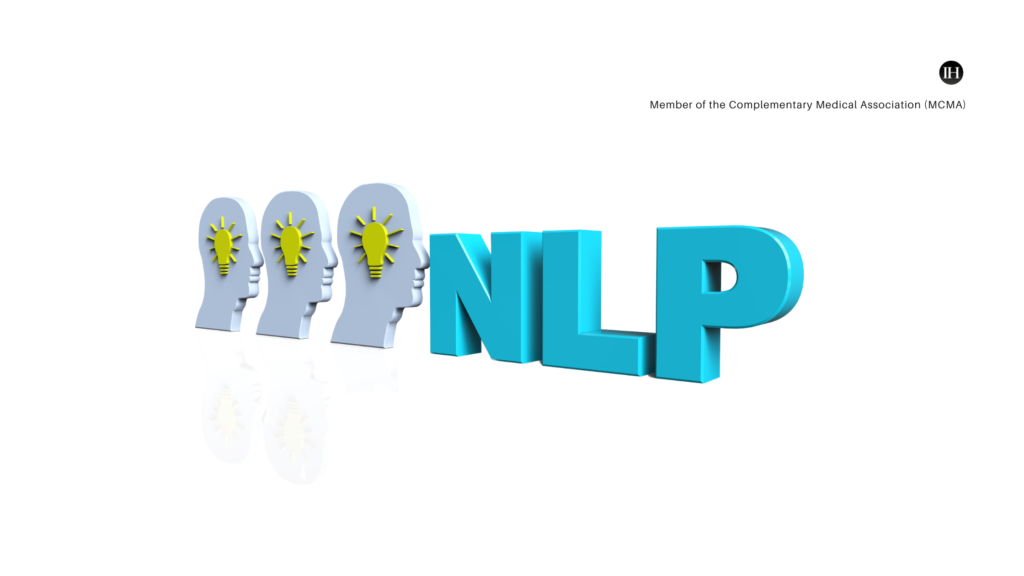
3. Example Case Study
As Steele (1988) concludes, self-affirmation is a strategy to bolster and appraise the self as “competent, good, coherent, unitary, stable, capable of free choice, capable of controlling important outcomes” (p. 262).
As a result, this altered self-appraisal can promote a sense of efficacy, motivating people to strive to change their otherwise challenging and threatening circumstances. (Albalooshi et al., 2020).
Study (3) & Results: “I can do just about anything I really set my mind to”
For instance, study (3) from the research conducted by Albalooshi et al. (2020) focused on exploring the impact of self-affirmation on individuals with perceived low power.
In this part of the study, participants were asked to reflect on personal values and qualities, serving as the method of self-affirmation.
The results underscored that such self-affirmation significantly enhances inhibitory control among the powerless.
Additionally, it was noted that self-affirmation fosters an efficacious self-view, enabling these individuals to believe in their capabilities to achieve goals irrespective of their dependency on external outcomes.
Fresh Energetic greens are the colours which intrinsically links us to nature, indicating a deep intense saturation that can appear loaded with leafy Chlorophyll, connecting us to the healing properties of plant life. These signs of sprouting new life not only revive and restore but also encourage us to breathe, oxygenate and reinvigorate
Colours of vitality Pantone
4. Prefrontal Cortex Activity
Studies have shown that when individuals regularly practice self-affirmation, they experience enhanced activity in the prefrontal cortex, a region of the brain associated with self-reflective thought and decision-making.
This increased activity can improve cognitive functioning, self-awareness, and emotional regulation.
Moreover, self-affirmations have been found to “activate the reward pathways in the brain,” releasing feel-good neurotransmitters like dopamine and serotonin.
This can not only boost mood but also increase motivation and resilience in the face of challenges.
Better Stress Levels & Cognitive Well-being
Further research suggests that individuals who regularly engage in self-affirmation experience lower levels of stress and a stronger sense of psychological well-being.
The next section examines an overview of traditional sciences such as Ayurveda on positive linguistics.
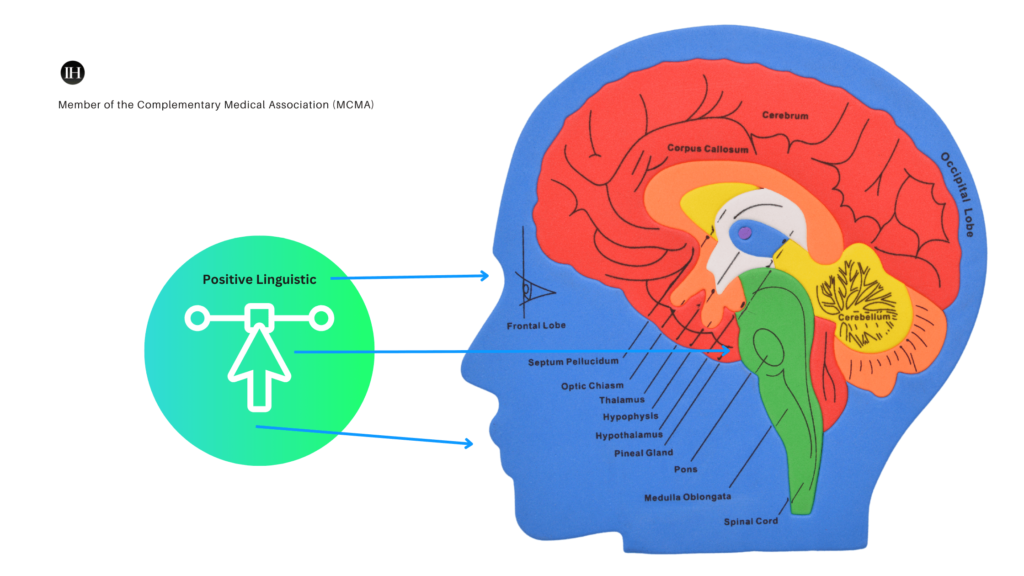
Ayurvedic Overview
In the fundamentals of Ayurveda, the mind has five levels charged by different elements.
Ayurveda regards the deliberate and purposeful utilisation of positive language, affirmations, and mantras as an effective tool for transformative positive reconditioning.
The five elements of nature that influence the mind are categorised as follows:
ETHER OR SPACE
The higher self
AIR
Inner
consciousness
FIRE
Intelligence or Buddhi
WATER
Sense mind
EARTH
Ego
The focus is restoring balance to the disrupted (in excess or deficit) bioelements of vata, pitta, and kapha, which involves all five elements as detailed above.
Integrating Layers of The Mind Through Positive Material
Subsequently, Ayurvedic science categorises two factors that different practices can influence: the outer and inner self layers of cognition-mind.
- Outer layers: Diet and external agencies can influence the outer layers of the mind, especially the sense mind, Intelligence (buddhi), and ego. The sense organs play a key role.
- Inner Self: The deeper layer of the Inner self is not accessible to the sense organs. Meditation enables one to reach this layer of the mind. Hence, meditation and other spiritual exercises like mantras.
Ayurveda’s Tools: Self Suggestion, Neutralisation & Equanimity
Subsequently, Ayurveda suggests using two important tools—self-suggestion and cultivating equanimity.
- “Pratidwandwa chikitsa,” or self-suggestion with positive linguistics, involves consciously countering negative perceptions of oneself or past events by actively neutralising harmful remunerations and replacing them with empowering and uplifting thoughts.
- “Samadhi”, or cultivating an equanimous approach to sensory perceptions, can greatly contribute to overall well-being. Meditative practices provide an individual with a route to cultivating equanimity.
As a basic starting point, suitable exercise, harmonising visual impressions, and therapeutic sounds act as effective agents.
Summary
Self-care quotes are part of “positive linguistics,” a category of self-affirmations that can inspire us to prioritize better outlook and progress and nurture mental resilience as well as cognitive flexibility.
Communication and expression are manifestations of cognitive and emotional processes, which are, in essence, a form of energy.
Positive linguistics is also vital for cultivating mental adaptability and a sense of vitality and equipping us with pragmatic inner resources. In the practical domains, it can develop solution thinking and broaden our point of view.
Fields such as Neuro-Linguistic Programming (NLP), Self-Suggestion in Ayurveda, and Self-Affirmations are ways to cultivate neuro adaptability.
Studies suggest that practising methodical self-affirmation can enhance prefrontal cortex brain region activity.
Throughout history, positive linguistics have served as transformational tools. Self-care quotes are anchors that can shift energy if we pay attention and seek better ways.
Precautions & Suitability
For any therapeutic or self-care practice, consult with a professional for suitability. This post is for informational purposes only and does not constitute professional advice.
9 Self Care Quotes
“Speed is irrelevant if you’re going in the wrong direction.”
- Gandhi
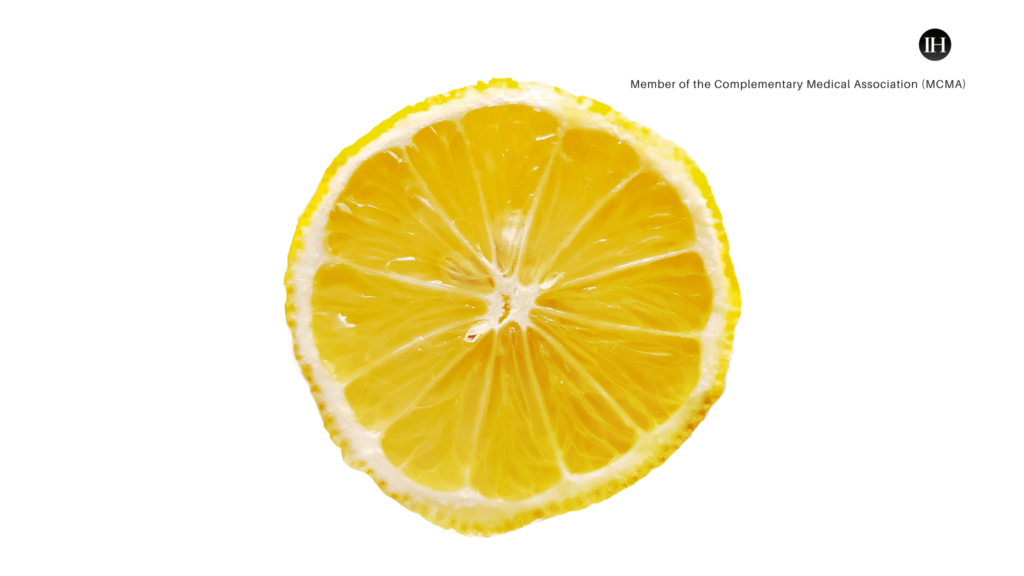
“From contentment comes superlative happiness.”
- S. Vivekananda, conquering the internal nature
“Without Right Food & Lifestyle Medicine is of no use.”
- Charaka Samita Ayurveda
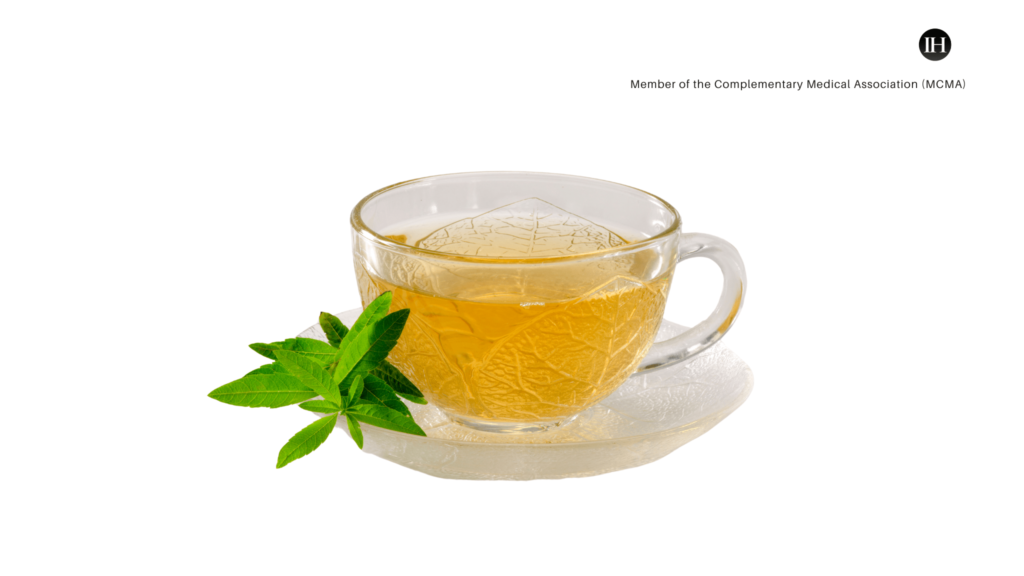
“Drink proper natural water, it is the most vital nutrient.”
- Water hydration and health
“The Control of breath causes both physical and mental development.”
- johari, chakras

“Empiricism as the foundation for decisive action.”
- collins, Hansen, great by choice
“identify your problems but give your power and energy to solutions.”
- Tony Robbins
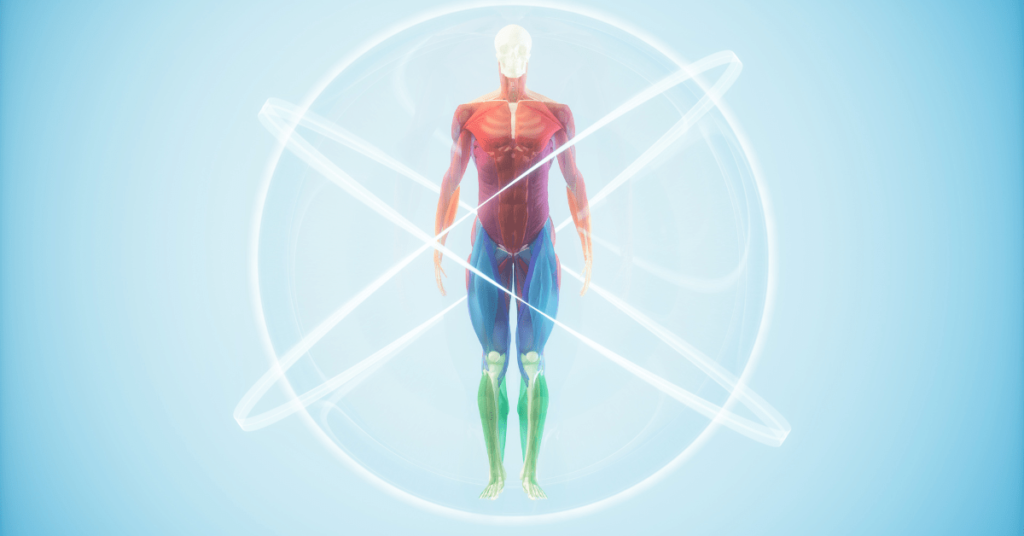
“fill one third of the stomach with liquid, another third with food, and leave the rest empty”
- Ayurvedic medicine
“A simple lifestyle correction can completely change your life.”
- InteGratiive Health
Informational Video: Positive Linguistics
References in this article
Kovác L. The 20 W sleep-walkers. EMBO Rep. 2010 Jan;11(1):2. doi: 10.1038/embor.2009.266. PMID: 20033082; PMCID: PMC2816633.
Shields, Deborah et al. “Human Energy Field: A Concept Analysis.” Journal of holistic nursing : official journal of the American Holistic Nurses’ Association vol. 35,4 (2017): 352-368. doi:10.1177/0898010116678709
Fredrickson BL. The broaden-and-build theory of positive emotions. Philos Trans R Soc Lond B Biol Sci. 2004 Sep 29;359(1449):1367-78. doi: 10.1098/rstb.2004.1512. PMID: 15347528; PMCID: PMC1693418.
Cascio CN, O’Donnell MB, Tinney FJ, Lieberman MD, Taylor SE, Strecher VJ, Falk EB. Self-affirmation activates brain systems associated with self-related processing and reward and is reinforced by future orientation. Soc Cogn Affect Neurosci. 2016 Apr;11(4):621-9. doi: 10.1093/scan/nsv136. Epub 2015 Nov 5. PMID: 26541373; PMCID: PMC4814782.
https://en.wikipedia.org/wiki/Self-affirmation
Yaribeygi H, Panahi Y, Sahraei H, Johnston TP, Sahebkar A. The impact of stress on body function: A review. EXCLI J. 2017 Jul 21;16:1057-1072. doi: 10.17179/excli2017-480. PMID: 28900385; PMCID: PMC5579396.
Yaribeygi H, Panahi Y, Sahraei H, Johnston TP, Sahebkar A. The impact of stress on body function: A review. EXCLI J. 2017 Jul 21;16:1057-1072. doi: 10.17179/excli2017-480. PMID: 28900385; PMCID: PMC5579396.
Ranabir S, Reetu K. Stress and hormones. Indian J Endocrinol Metab. 2011 Jan;15(1):18-22. doi: 10.4103/2230-8210.77573. PMID: 21584161; PMCID: PMC3079864.
https://www.britannica.com/dictionary/stimulus
Mahlouji M, Alizadeh Vaghasloo M, Dadmehr M, Rezaeizadeh H, Nazem E, Tajadini H. Sweating as a Preventive Care and Treatment Strategy in Traditional Persian Medicine. Galen Med J. 2020 Dec 25;9:e2003. doi: 10.31661/gmj.v9i0.2003. PMID: 34466623; PMCID: PMC8343902.
Leger KA, Charles ST, Almeida DM. Positive Emotions Experienced on Days of Stress are Associated with Less Same Day and Next Day Negative Emotion. Affect Sci. 2020 Mar;1(1):20-27. doi: 10.1007/s42761-019-00001-w. Epub 2019 Dec 17. PMID: 34113848; PMCID: PMC8188996.
https://en.wikipedia.org/wiki/Vagal_tone
Boehm, Julia K, and Laura D Kubzansky. “The heart’s content: the association between positive psychological well-being and cardiovascular health.” Psychological bulletin vol. 138,4 (2012): 655-91. doi:10.1037/a0027448
https://en.wikipedia.org/wiki/Sound_energy
Mind in Ayurveda: https://www.ncbi.nlm.nih.gov/pmc/articles/PMC2954390/pdf/IJPsy-44-201.pdf
Albalooshi S, Moeini-Jazani M, Fennis BM, Warlop L. Reinstating the Resourceful Self: When and How Self-Affirmations Improve Executive Performance of the Powerless. Pers Soc Psychol Bull. 2020 Feb;46(2):189-203. doi: 10.1177/0146167219853840. Epub 2019 Jun 11. PMID: 31185806; PMCID: PMC6931103.
Shaffer J. Neuroplasticity and Clinical Practice: Building Brain Power for Health. Front Psychol. 2016 Jul 26;7:1118. doi: 10.3389/fpsyg.2016.01118. PMID: 27507957; PMCID: PMC4960264.
Kamiloğlu RG, Fischer AH, Sauter DA. Good vibrations: A review of vocal expressions of positive emotions. Psychon Bull Rev. 2020 Apr;27(2):237-265. doi: 10.3758/s13423-019-01701-x. PMID: 31898261; PMCID: PMC7093353.
Chu B, Marwaha K, Sanvictores T, et al. Physiology, Stress Reaction. [Updated 2024 May 7]. In: StatPearls [Internet]. Treasure Island (FL): StatPearls Publishing; 2024 Jan-. Available from: https://www.ncbi.nlm.nih.gov/books/NBK541120/
Herculano-Houzel S. Scaling of brain metabolism with a fixed energy budget per neuron: implications for neuronal activity, plasticity and evolution. PLoS One. 2011 Mar 1;6(3):e17514. doi: 10.1371/journal.pone.0017514. PMID: 21390261; PMCID: PMC3046985.
Appleton J. The Gut-Brain Axis: Influence of Microbiota on Mood and Mental Health. Integr Med (Encinitas). 2018 Aug;17(4):28-32. PMID: 31043907; PMCID: PMC6469458.
Trayhurn P. Oxygen-A Critical, but Overlooked, Nutrient. Front Nutr. 2019 Feb 12;6:10. doi: 10.3389/fnut.2019.00010. PMID: 30809528; PMCID: PMC6379287.
Fredrickson BL. The role of positive emotions in positive psychology. The broaden-and-build theory of positive emotions. Am Psychol. 2001 Mar;56(3):218-26. doi: 10.1037//0003-066x.56.3.218. PMID: 11315248; PMCID: PMC3122271.
Ewert A, Chang Y. Levels of Nature and Stress Response. Behav Sci (Basel). 2018 May 17;8(5):49. doi: 10.3390/bs8050049. PMID: 29772763; PMCID: PMC5981243.
Bentley PR, Fisher JC, Dallimer M, Fish RD, Austen GE, Irvine KN, Davies ZG. Nature, smells, and human wellbeing. Ambio. 2023 Jan;52(1):1-14. doi: 10.1007/s13280-022-01760-w. Epub 2022 Jul 18. PMID: 35849312; PMCID: PMC9289359.
Popkin BM, D’Anci KE, Rosenberg IH. Water, hydration, and health. Nutr Rev. 2010 Aug;68(8):439-58. doi: 10.1111/j.1753-4887.2010.00304.x. PMID: 20646222; PMCID: PMC2908954.
https://www.pantone.com/uk/en/articles/colors/colours-of-vitality
David Bohm: https://en.wikipedia.org/wiki/David_Bohm



